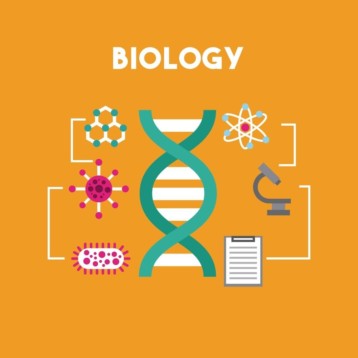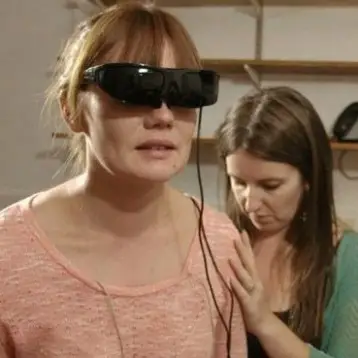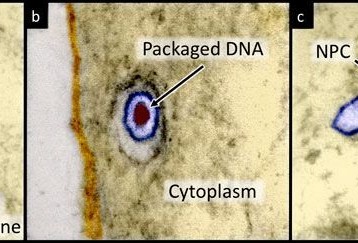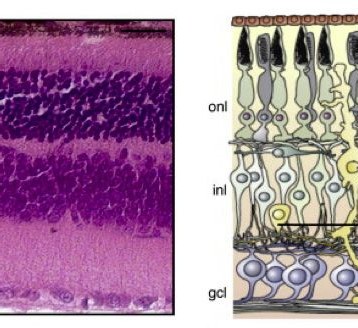While the development of single layers of DNA has been previously reported, the research produced the first multi-layered structures of this kind. Dr. William Shih, lead researcher on the current study said that the newly developed multi-layer process should enable scientists to make customized DNA objects approximating almost any three-dimensional shape. Multilayered objects are much more stable and capable of resisting the inter-cellar environment, which is “chaotic and violent, like being in a hurricane,” according to Shih.
Origami is an ancient Japanese art, which enabled its masters to make a series of folds in a single piece of paper to form stunningly intricate models of various shapes. “We focus on doing this with DNA,” explained Shih.
When we think of DNA, the first thing that comes to mind is the stuff of which genes are made. However, in this research the scientists used long DNA molecules solely as building components, not as blueprints for making proteins. “DNA origami” research originates from nanotechnology, which uses atoms and molecules as building blocks for devices that can be deployed in medicine, electronics and other fields.
Scientists hope to use the miniscule structures (about the size of small viruses) as intracellular mechanisms that carry out essential functions, such as forming containers for molecular cargos and transporting them from one place to another.
“This is something that nature is very good at — making many complex machines with great control. Nature optimizes cellular technology through millions of years of evolution; we don’t have that much time, so we need to come up with other design approaches,” Shih said.
The researchers built the DNA origami as a sheet of parallel double helices, each formed from two intertwined strands which are made of units called nucleotides. Long strands of DNA serve as scaffold for the structure and are then folded back and forth by short strands of DNA that act as “staples” which hold together the scaffold segments. The DNA sheet is then programmed to curl itself into a series of layers that are locked into place by staples that traverse multiple layers. Creating the desired structure involves mixing the DNA scaffold and staple strands, quickly heating the mixture, and then slowly cooling the sample.
The entire process takes about a week to complete, a rate the researchers are striving to improve. It coaxes the DNA to “self-assemble” and makes billions of copies of the desired product. During the final stage, the researchers can check on the final product using an electron microscope.
The machines the researchers are seeking to create could, for example, act as navigation aids to guide bubble-like bags filled with medicine. “These machines could be placed on the outside of the drug-delivery vehicles to help them cross biological barriers, or help them outwit mechanisms that are trying to remove things from the bloodstream, so they can reach their target,” suggested Shih.
The scientists say the new technology could prove useful in diagnostics of the future. While current lab tests can measure the concentration of different substances in the body, it may be possible with DNA “to measure the concentration of something within a single cell,” said Shih.
TFOT has recently covered several breakthrough developments in nanotechnology. One such story described golden nanorods that could fight cancer, which were developed at MIT. Another story we brought you covered a new technique of smart-bombing cancer with a virus, developed by scientists at the North Carolina State University.
For more information on DNA origami research please visit the Dana Farber news page.









